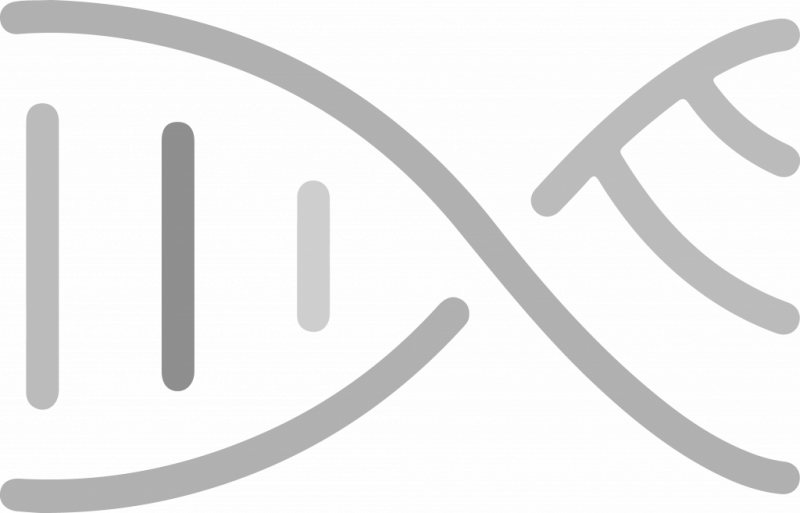RNA-Seq

A high-resolution tool for studying changes in the coding and noncoding regions of the transcriptome. RNA-Seq enables the sensitive and accurate measurement of differential gene expression over time or in different groups, conditions and treatments. RNA-Seq also enables the detection of transcript isoforms, gene fusions, single nucleotide variants (SNVs) and allele-specific gene expression.
In principal, RNA molecules are reverse transcribed and tagged with specific “barcoded” oligo adapters, into cDNA fragment libraries. Several cDNA libraries are usually pooled (multiplexing) and sequenced in a single assay. A read (or 2 reads in paired-end) is produced for every cDNA fragment and the total number of reads for each sample are compiled ant then aligned against a reference sequence.
Several RNA-Seq applications can be carried out in GGC, each requiring different types of library preparation and sequencing modes. For differential gene expression (the most common RNASeq application) single-end sequencing with short reads (75bp) and depth ~30M reads is recommended. For other applications, paired-end sequencing and/or higher depth of read may be required.
